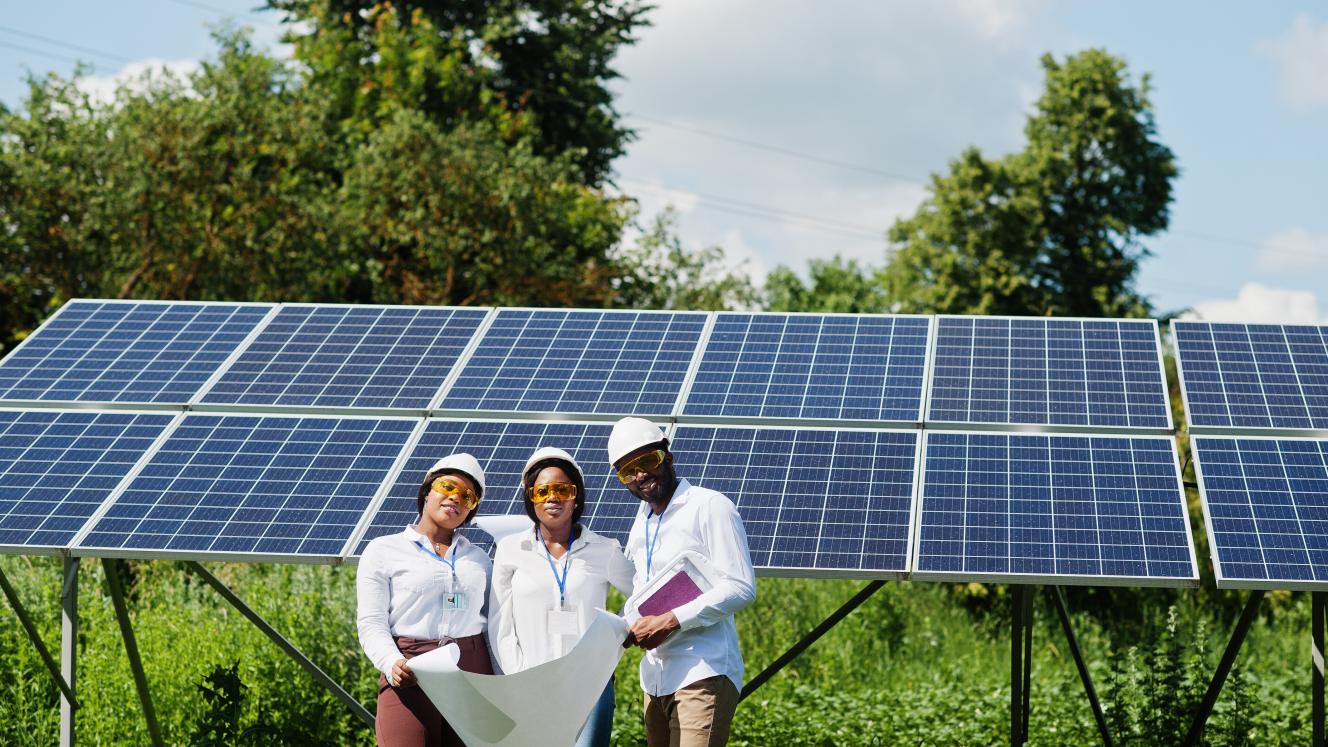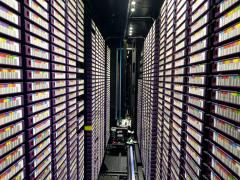Historically, South African mines relied on affordable electricity from Eskom. But since 2008, rising tariffs, a grid under strain and the introduction of independent power producers have complicated the energy landscape.
As mines pursue aggressive decarbonisation goals, many are investing in solar energy and battery storage to enhance flexibility and reduce costs. With battery prices plummeting, these technologies are emerging as renewable energy, resilience and sustainability take the lead in the mining sector. Jonathan Skeen, MD Commercial at SOLA, believes that the future of mining may be battery-powered. He shares his insights here.

In the 1990s and early 2000s, South African mines bought electricity from Eskom at regulated tariffs which were globally competitive. Eskom prioritised the mines as their most important customers and faced few hurdles relating to climate change concerns. Buyers had little choice, but the energy was cheap and reliable, with few viable alternatives.
Since 2008, however, things have changed quite considerably. After average annual tariff increases of 15%, a dramatic drop in grid reliability, the rise of carbon laws and trade restrictions and the emergence of independent power producers (IPPs), energy traders and viable clean energy technologies, quite suddenly, South African mines are more spoiled for choice, but must solve an increasingly complex puzzle to secure their electricity supplies, while both decarbonising and containing rising costs.
Many have moved quickly to build their own solar energy plants at their operations or to buy wind or solar power from the grid under wheeling agreements with IPPs.
However, as the generation capacity of wind and solar power on the network increases, so too does the complexity of integrating more variable power while minimising waste and balancing supply and demand.
As mines set increasingly aggressive decarbonisation goals, many energy companies have presented creative solutions based on the aggregation of demand and supply, while promising to solve the triple challenge of cheap, clean and reliable.
But how do miners differentiate between real electrons, and elegant solutions set out on paper that have yet to be realised? How much certainty can be placed in contracts that are several times longer than the provider has existed? And how can mines choose solutions that will stand up to competitive resistance from Eskom, and inevitable and unpredictable tariff and market changes?
Bring on the batteries
As South African mines look to an unpredictable future, their ability to increase the flexibility of their electrical demand and supply will be central to achieving steep carbon goals in a cost-effective and reliable manner. Here, battery storage technologies have emerged as vital for delivering a range of beneficial services via the grid and behind the meter.
The battery revolution echoes the solar revolution before it: Solar panel prices decreased by 90% from 2010 to 2023 while Eskom tariffs increased by more than five times. This drove the emergence of the thriving South African solar industry. Similarly, we have seen that a 90% decrease in average battery storage prices over the last 15 years (much of which occurred in the past 24 months) is driving rapid deployment of battery capacity around the world.
In the United States, installed battery capacity almost doubled in 2024, with much of this deployed to shift solar generation from the middle of the day to evening peak demand periods. In Australia, almost 8 gigawatts of large scale batteries were under construction in 2024, with total capacity expected to reach almost 20 gigawatts over the next few years.
The bottom line
For South African mines, the emergence of low cost, large batteries means greater potential savings. When coupled with solar PV, large scale batteries can already improve the immediate savings benefit under wheeling transactions by around 20%. This is achieved by enhancing the generation profile, increasing usable clean energy volumes, and deploying more clean energy during expensive peak demand periods.
Similarly, behind-the-meter batteries can be used to absorb low cost energy from the grid during off-peak periods and deploy this during peak to reduce grid consumption and save costs.
Renewably yours
Batteries are crucial to the economical integration of high levels of variable and wind energy on the network while reducing wastage and the high costs of fossil-fuel based peaking plants. They also present immediate opportunities for South African mines to replace more fossil-fuel-based Eskom supply with alternative clean energy supply contracts, both on a wheeling basis, and behind-the-meter.
Batteries increase the usability of solar energy in particular, allowing it to be stored and deployed in a manner that more exactly matches the users demand patterns. As battery costs continue to decrease, more capacity can be installed and more clean energy can be shifted according to unique demand requirements.
Resilience and reliability
As Eskom aims to implement sweeping changes to electricity tariff structures, and as our generation mix evolves at an unprecedented rate, flexibility has become the mining sector’s most valuable resource.
Batteries can adapt to future changes in time-of-use periods and tariffs. They can be enhanced and augmented to follow cost and market influences. They also offer resilience against the so-called “duck-curve” effect, as surplus solar generation during daylight hours drives technical and economic inefficiencies in the power system.
What next?
Globally, many mining operations are already embracing the storage revolution. Companies such as Anglo American, Fortescue Metals Group, BHP and Glencore use batteries for a range of functions, including securing electricity supplies, increasing operational efficiencies and electrifying transport fleets to replace liquid fossil fuels with clean electricity.
South African mines can also embrace the flexibility and resilience that come with existing battery products that are now both economical and proven. With battery storage already delivering real-world benefits, it will soon become a cornerstone of a competitive and sustainable mining sector in South Africa.














